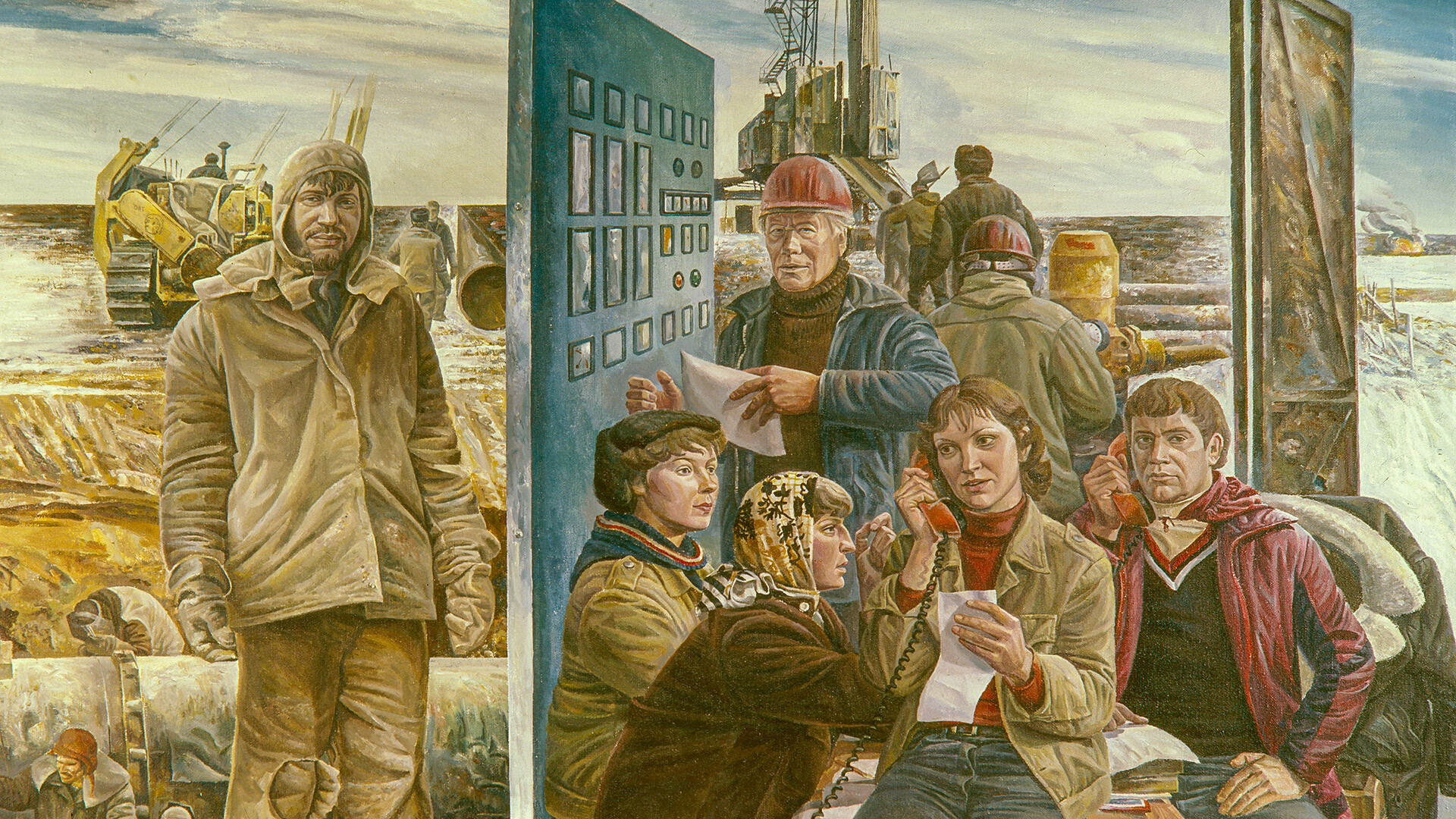
Siberian oilmen, 1980.
Mikhail Ombysh-Kuznetsov/V.German/SputnikRussians came to Siberia en masse in the second half of the 16th century. After overcoming the “Stone” (aka the Ural Mountains), tsarist troops and Cossack detachments began to move slowly, but surely, eastward.
Along the way, they founded small fortresses, which later turned into major cities (such as Irkutsk and Yakutsk). More than four centuries have passed since then, but even today the vast region is still underdeveloped and underpopulated.
In the era of the Russian Empire, Siberia served as a place of exile for political opponents of the supreme power, revolt and rebellion participants, as well as all kinds of revolutionaries and anarchists. Until the early 1960s, this was also practiced in the Soviet Union.
Today, Siberia is the treasury of Russia. There are enormous reserves of various minerals, including lead, platinum, peat, coal, copper, gas, silver and, of course, “black gold”.

Siberian Cossacks at the Inspection of New Lands, 1891.
Nikolai Karazin
Thick twilight, 1889.
Apollinariy Vasnetsov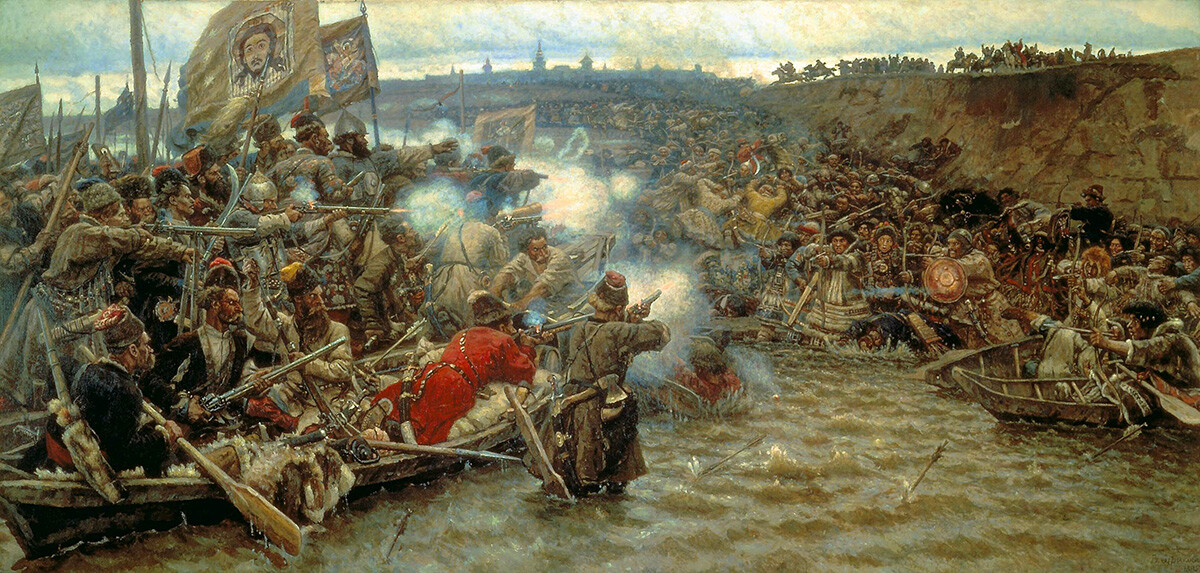
The Conquest of Siberia by Yermak Timofeyevich, 1895.
Vasily Surikov/The State Russian Museum
Taiga near Lake Baikal, 1900
Konstantin Korovin/The State Russian Museum
Russian exploration of new lands, 1904.
Claudius Lebedev/The Vologda Regional Picture Gallery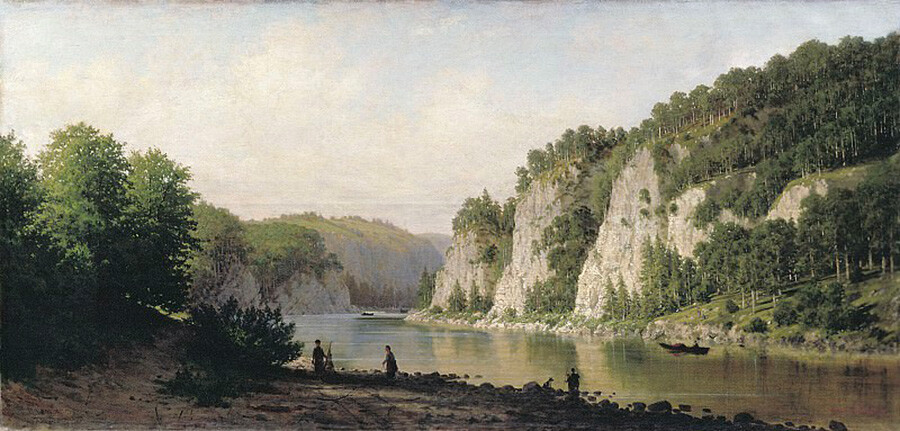
Pisaniy Stone on the Chusovaya River, 1877.
Vasily Vereshchagin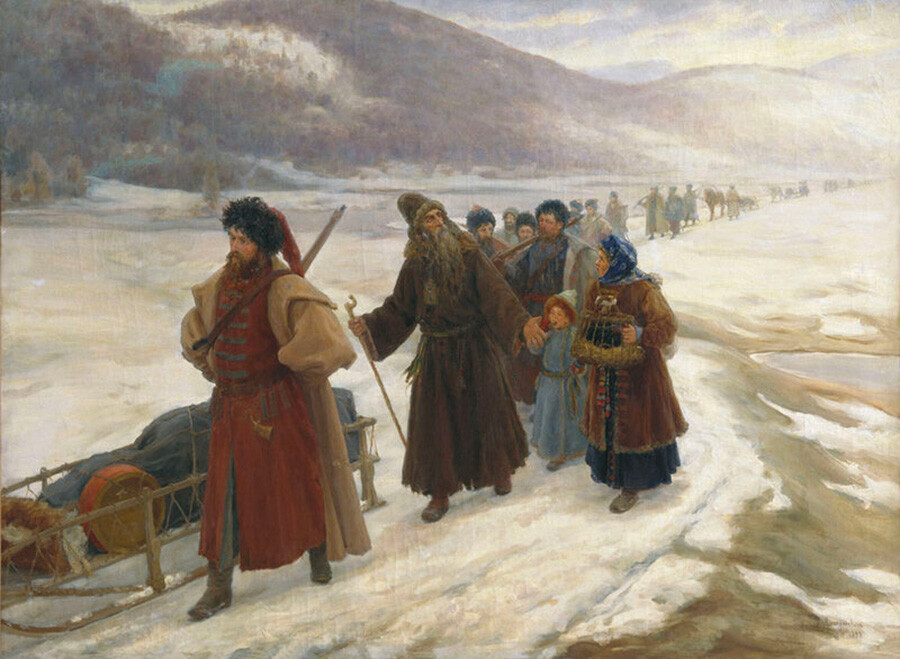
Avvakum’s Journey in Siberia, 1898.
Sergei Miloradovich/The State Museum of the History of Religion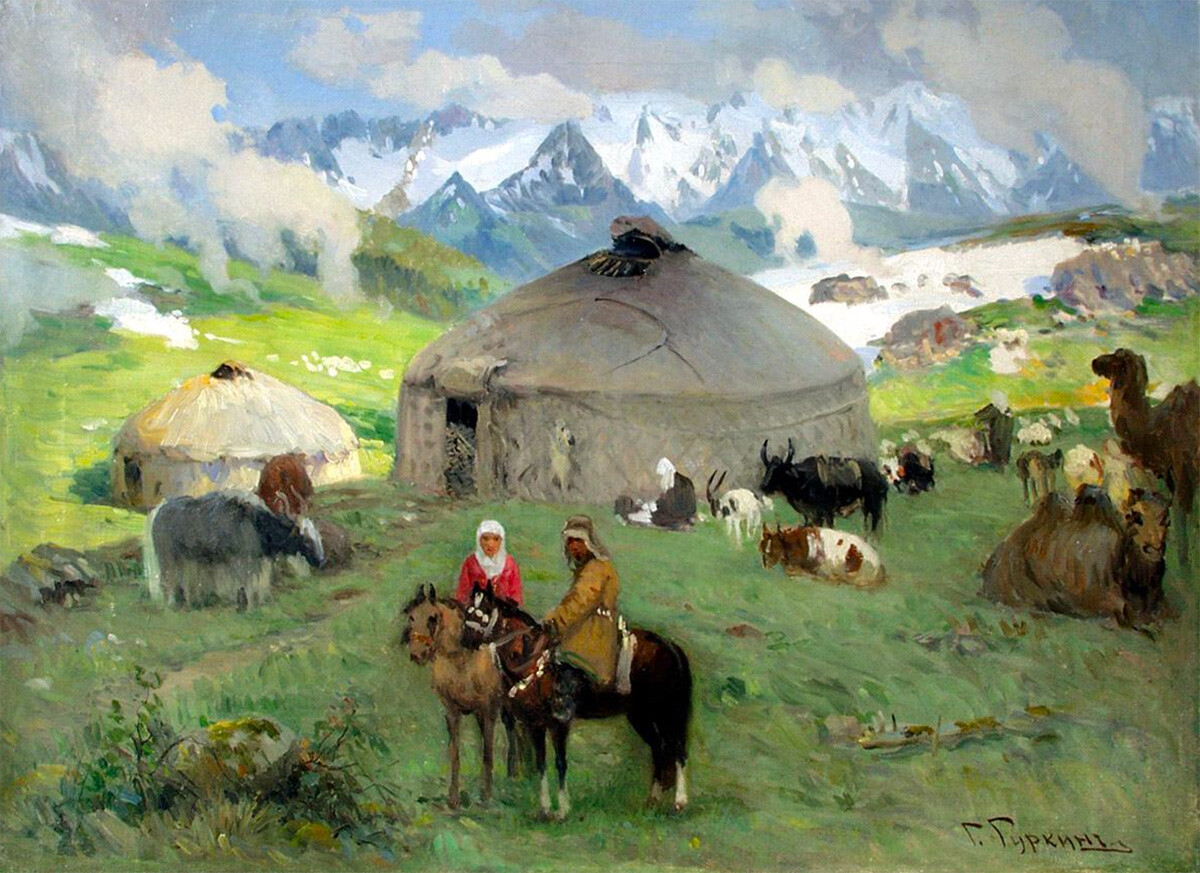
Nomadism in the Altai Mountains, 1920s.
Grigory Choros-Gurkin/The State Art Museum of Altai Krai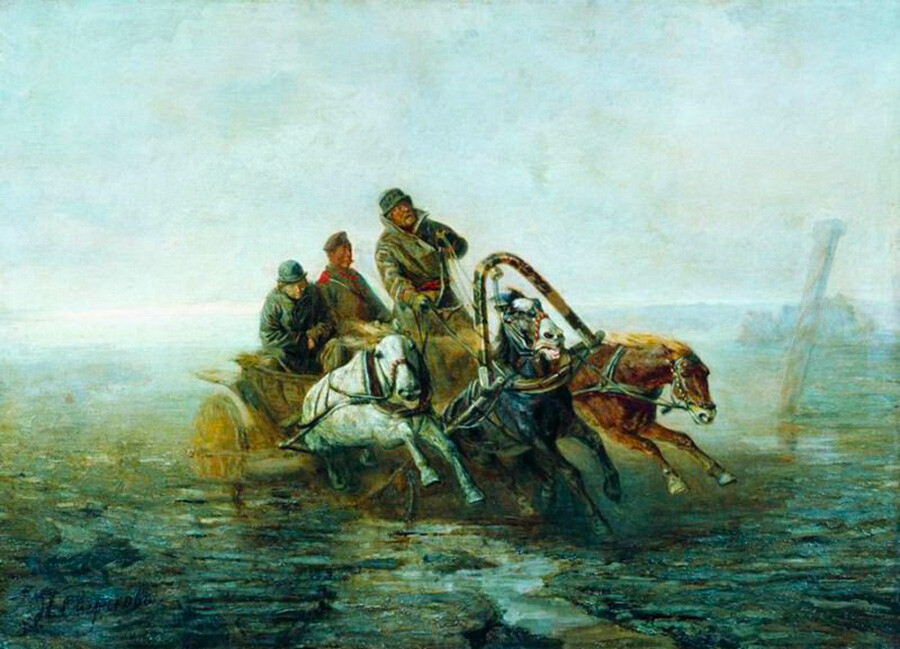
Along the Great Siberian Way (In Exile), 1883.
Nikolay Sverchkov/The State Art Museum of Altai Krai
On the Teletskoye Lake, 1926.
Nikolay Chevalkov/The State Russian Museum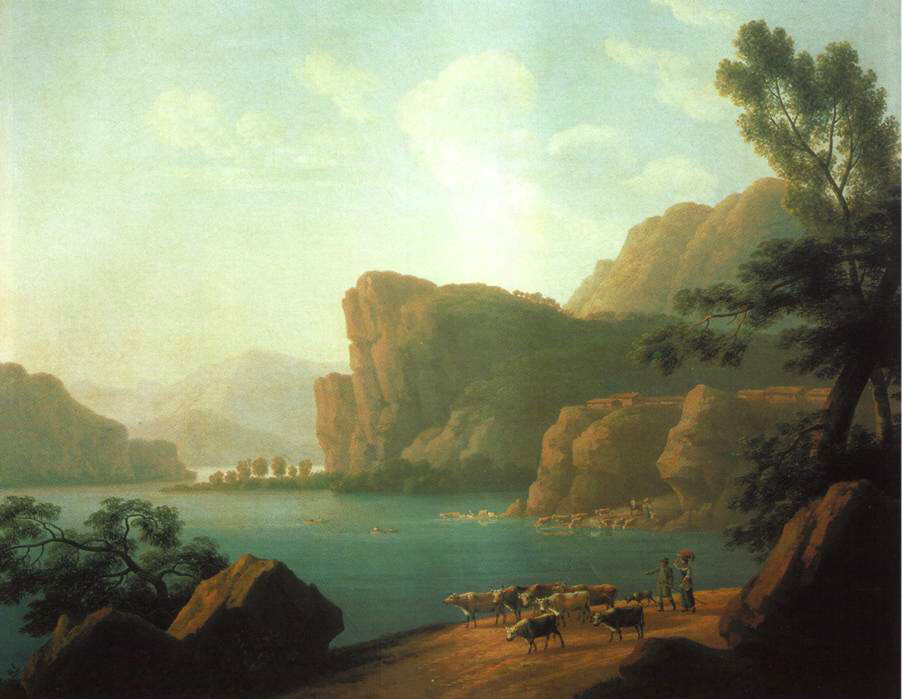
View of the Selenga River in Siberia, 1817.
Andrey Martynov/The State Tretyakov Gallery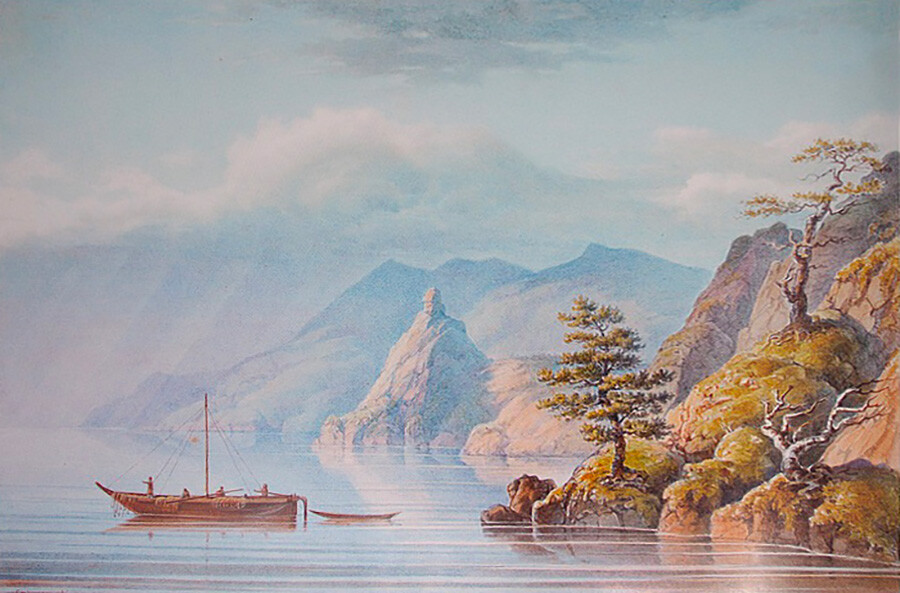
Lake Baikal. The Rock of the Little Bell in Sandy Bay, 1840-1850.
Leopold Nemirovsky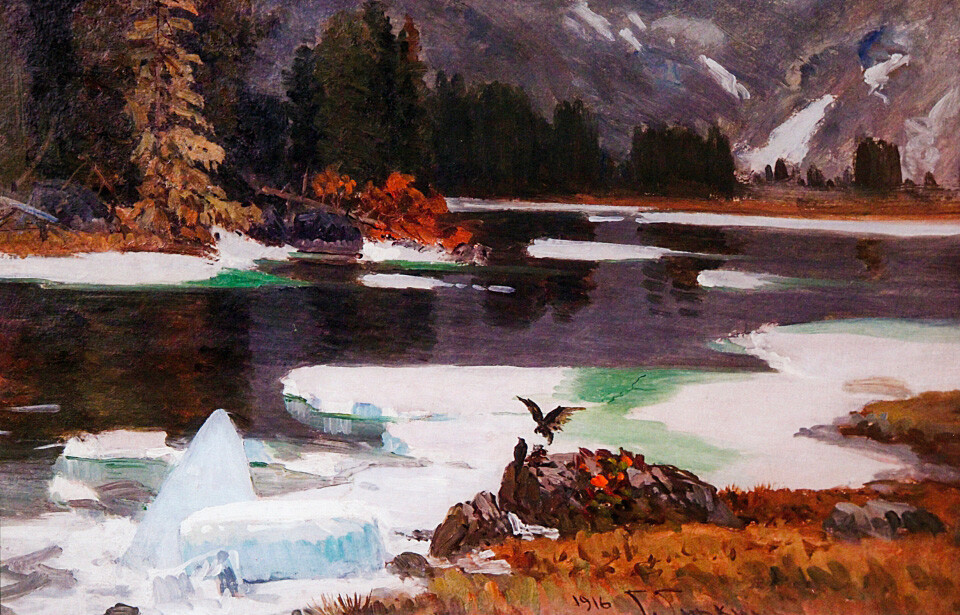
Lake Karakol, 1916.
Grigory Choros-Gurkin/The Altai Republic's National Museum Named after A.V. Anokhin
Lake of Mountain Spirits (Dena Der), 1910.
Grigory Choros-Gurkin/The Irkutsk Regional Art Museum Named after V. Sukschyov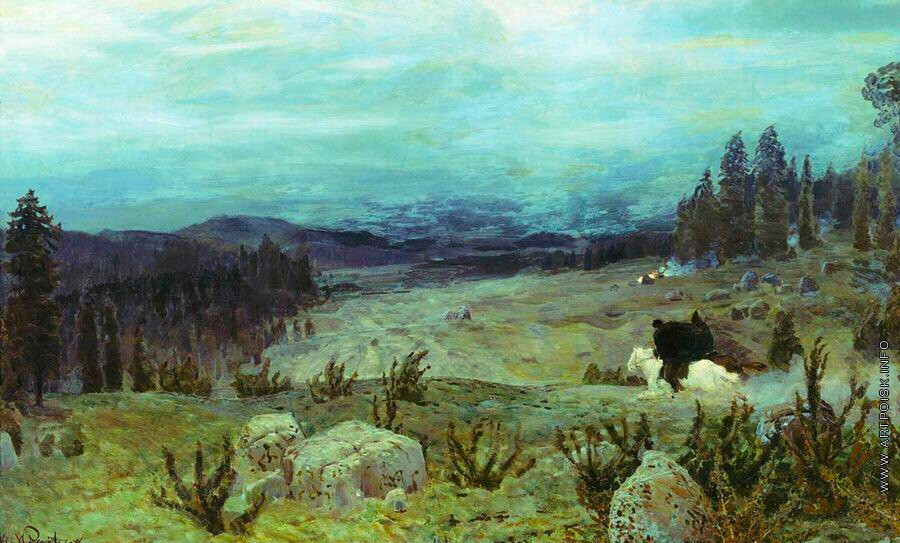
Siberia, 1894.
Apollinariy Vasnetsov/The State Russian Museum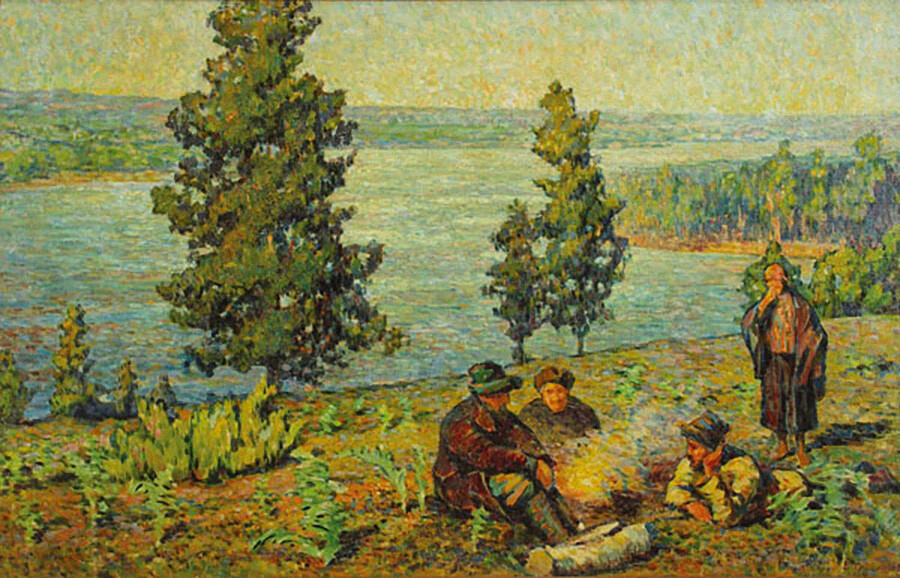
Irtysh River, 1928.
Vikenty Trofimov/Sovcom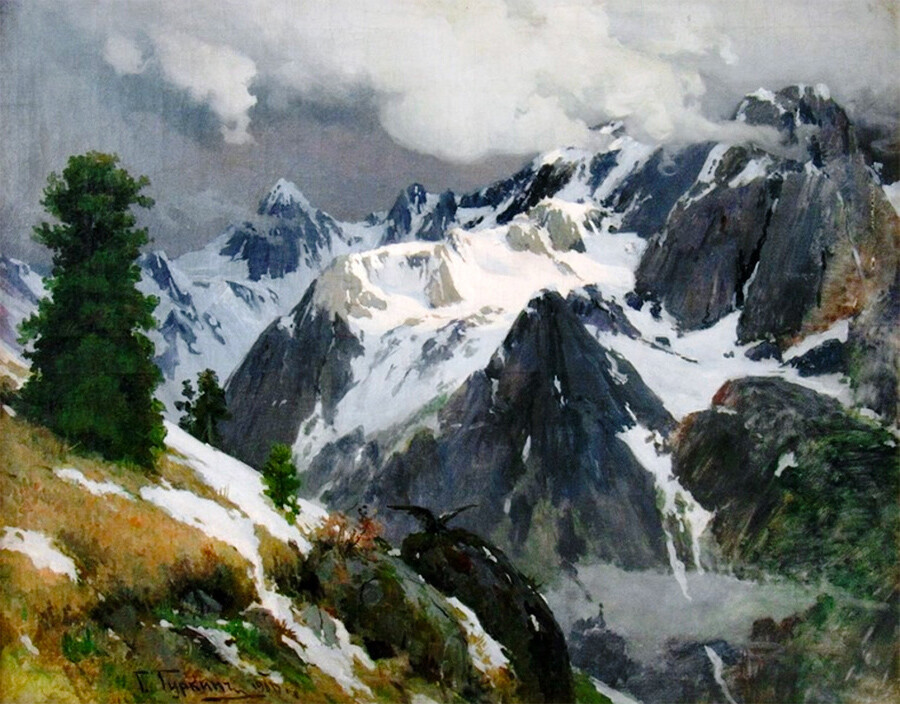
The Khan Altai, 1912.
Grigory Choros-Gurkin/The State Art Museum of Altai Krai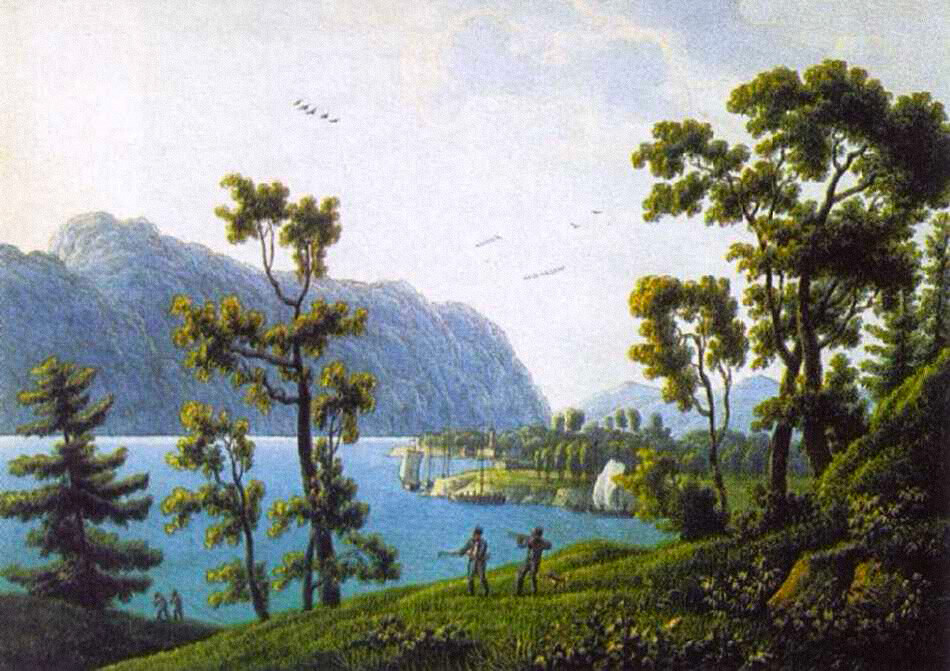
View of St. Nicholas Monastery on Lake Baikal, 1806.
Andrey Martynov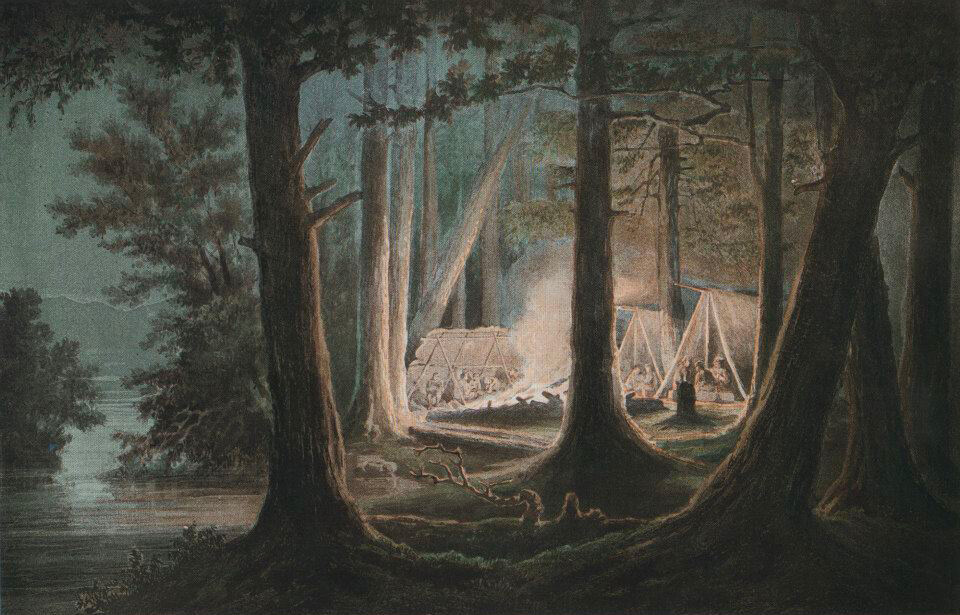
Overnight stay in the forest along the Okhotsk Highway, 1856.
Leopold Nemirovsky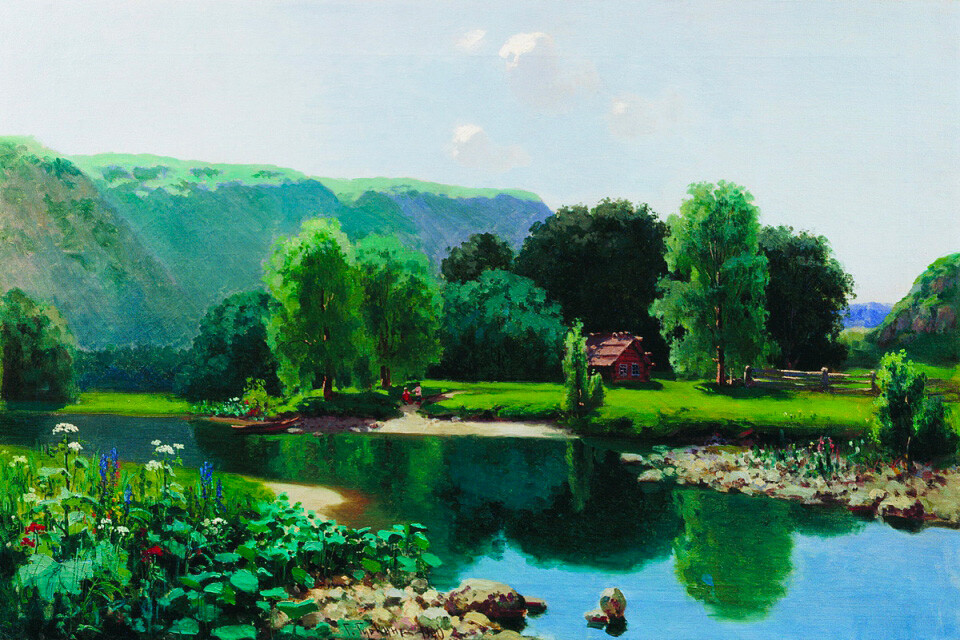
The Outskirts of Ulala, 1900.
Grigory Choros-Gurkin/The Omsk Regional Museum of Fine Arts Named after M.A. Vrubel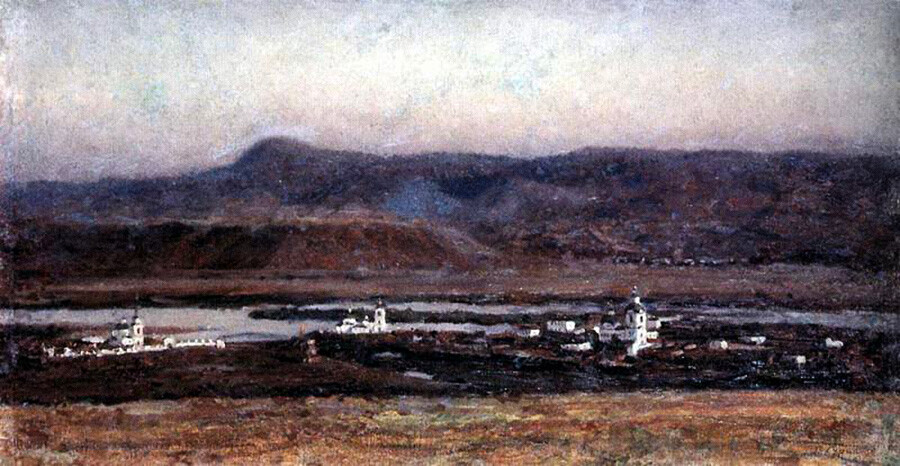
Old Krasnoyarsk, 1914.
Vasily Surikov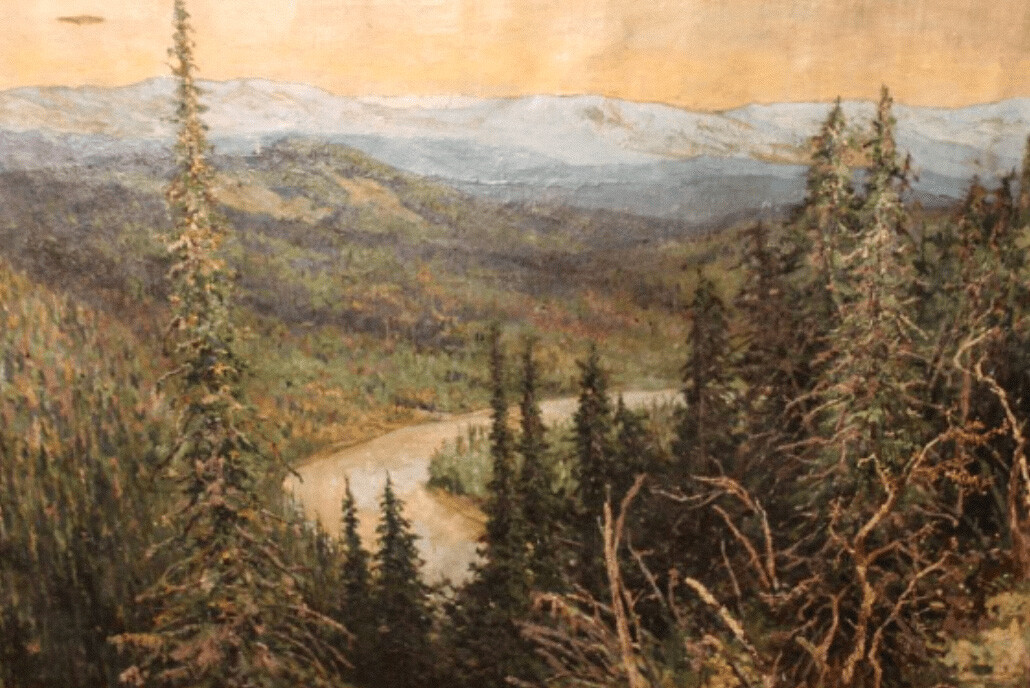
Landscape, 1930.
Dmitry Karatanov/The Krasnoyarsk Regional Studies Museum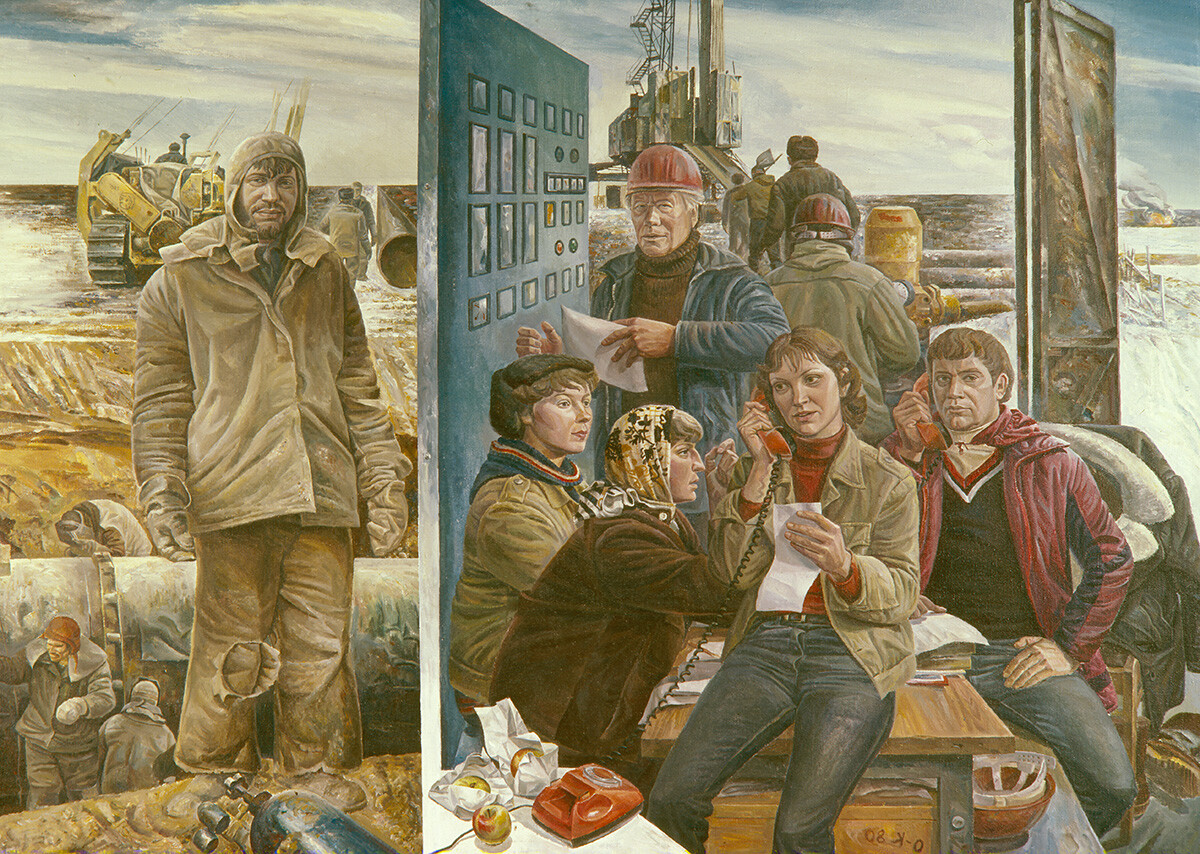
Siberian oilmen, 1980.
Mikhail Ombysh-Kuznetsov/V.German/SputnikDear readers,
Our website and social media accounts are under threat of being restricted or banned, due to the current circumstances. So, to keep up with our latest content, simply do the following:
If using any of Russia Beyond's content, partly or in full, always provide an active hyperlink to the original material.
Subscribe
to our newsletter!
Get the week's best stories straight to your inbox